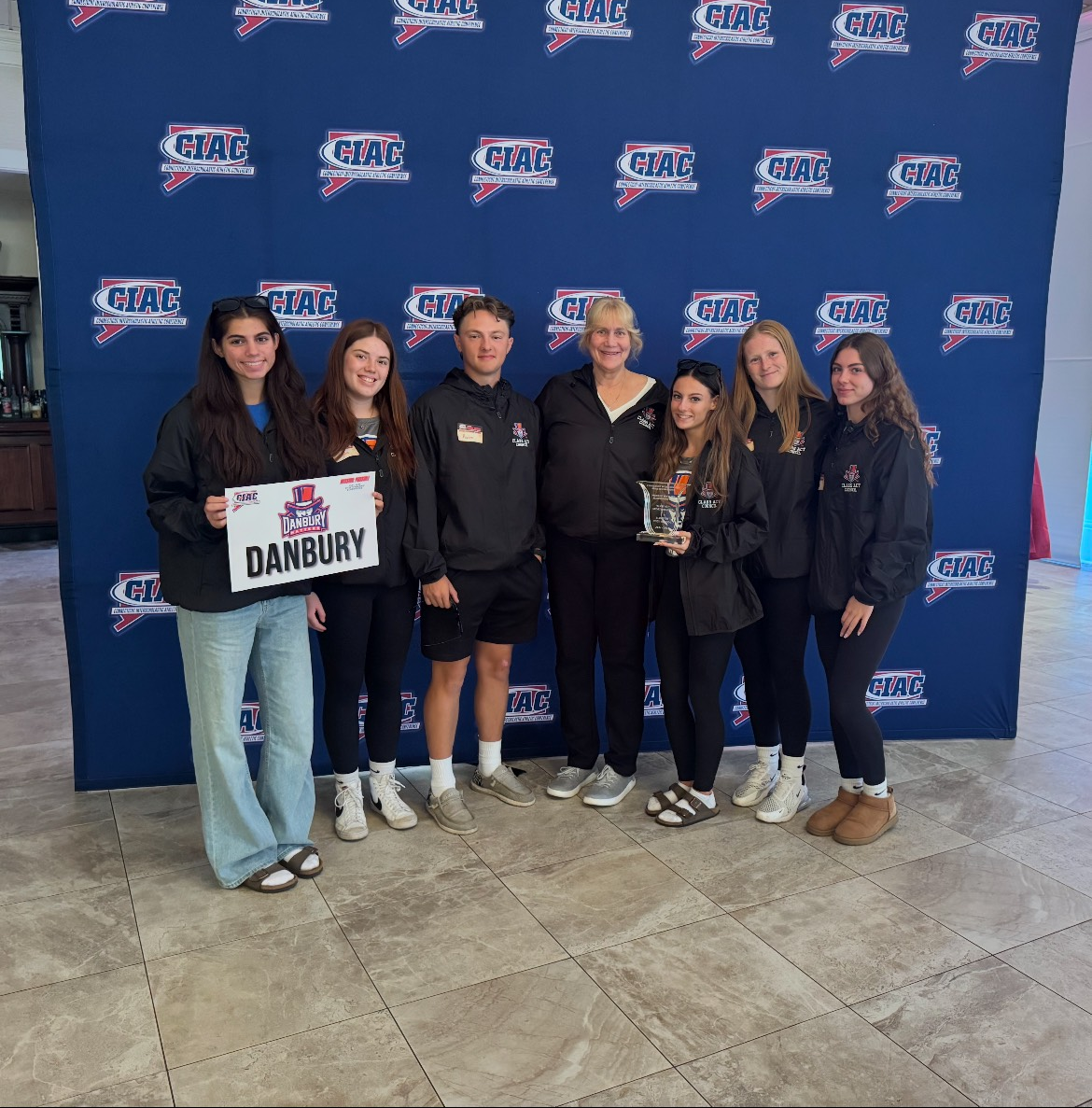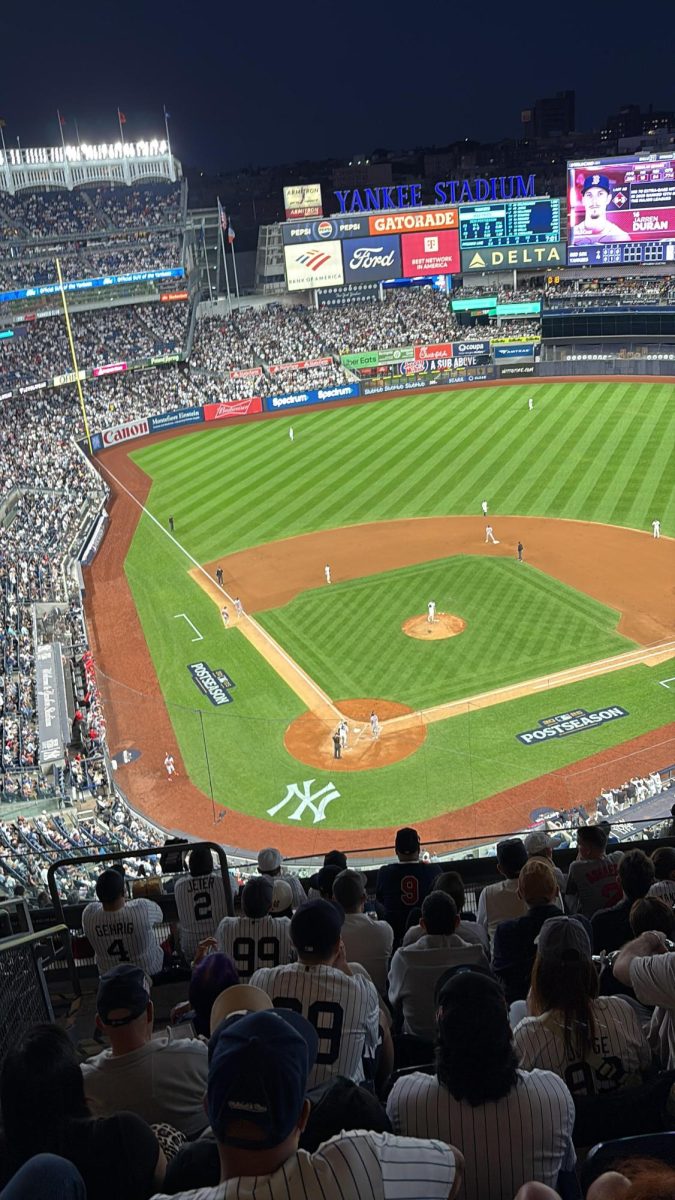MLB Owners and GM’S need to rein in big contracts

The New York Yankees have the 2nd highest payroll in baseball at $219,282,196 million
December 17, 2015
The greatest baseball player of all time, Babe Ruth, was paid $80,000 a year to play for the New York Yankees. In today’s world, the lowest paying major league player receives around $450,000. Where has the money gone?
Obviously, times have changed. Ruth played baseball in the 1930s, where the worth of the dollar was much lower than it is today. That being said, why do MLB players get paid so much money to play baseball? Overpaid players and large contracts are becoming as common as Crackerjacks at the ballpark.
Homer Bailey, a starting pitcher for the Cincinnati Reds, signed earlier this year a six-year, $105 million contract that comes with a $25 million mutual option for the 2020 season. The significant part of this contract is how much Bailey is receiving per year. Quite frankly, his stats don’t match his pay.
Bailey has had three seasons during his nine-year Major League career that have resulted in him having a sub 4.00 ERA. A pitcher’s ERA stands for their earned run average, meaning that for six of Bailey’s nine seasons as a pitcher, he has averaged over four runs given up per game.
The Reds are not the only team to fall for the fake look of a big-contract worthy player; many other teams in baseball history have made this same mistake. The question is when are the teams going to see that a pitcher such as Bailey, who going into his contract year had only two seasons with a sub 4.50 ERA, are not worth the huge money contracts that they are paying them.
Carl Crawford is an outfielder who currently finds himself on the bench of the Los Angeles Dodgers. In 2011, Crawford signed a seven-year/$142 million contract with the Dodgers. Not only has Crawford not lived up to any of his hype, he has been injured for a large portion of the years that he has been signed.
Before signing with the Dodgers, Crawford played for the Tampa Bay Rays, a team that he flourished on. For five of his nine years on the team, he had a batting average over .300, as well as six seasons with an OBP, or on base percentage, over .350. To say the least, Crawford had a fantastic career as a member of the Rays.
This all changed when he was traded to the Boston Red Sox, where he played for only two seasons. As a member of the Red Sox, he avereged a .271 batting average, with a .297 OBP. This should have been the first red flag for the Dodgers, as Crawford had been on a steady decline after leaving the Rays.
The final red flag the Dodgers should have seen is that Crawford was 30 years old. In baseball this is not a cut off age by any means; plenty of players have flourished even after turning 40.
The fact the the Dodgers failed to see is that they were paying Crawford for his speed as well as his ability to get on base, both of which completely deteriorated after his departure from Tampa.
The Dodgers were able to strike a deal with the Red Sox, sending Crawford along with a few other Red Sox players to the Dodgers. Crawford batted .282 with a .306 OBP in 100 at bats with the Dodgers in 2012. Instead of letting Crawford venture into free agency, they signed him to a monstrous deal, and are still feeling the effects of their mistake.
What does this say about the big contracts in baseball? This says that many of them don’t end up with storybook endings that leave both parties happy. These contracts more often than not are busts.
Owners and general managers are sometimes too quick to pull the trigger by offering these huge contracts. Maybe next time they will think twice before paying a player an arm and a leg for their overused baseball abilities.
How many failed long term deals is it going to take, for GM’s to realize how much they are risking, is not worth the reward nine times out of ten.
As we have seen in the past, and as we will continue to see in the future, the highest paid are not always the best.



















Natalia • Dec 17, 2015 at 9:30 am
Oh my gosh! This was so great! I’ve learned so much about baseball and money!
Jake M • Dec 17, 2015 at 9:30 am
Great Job!! Love it!!!